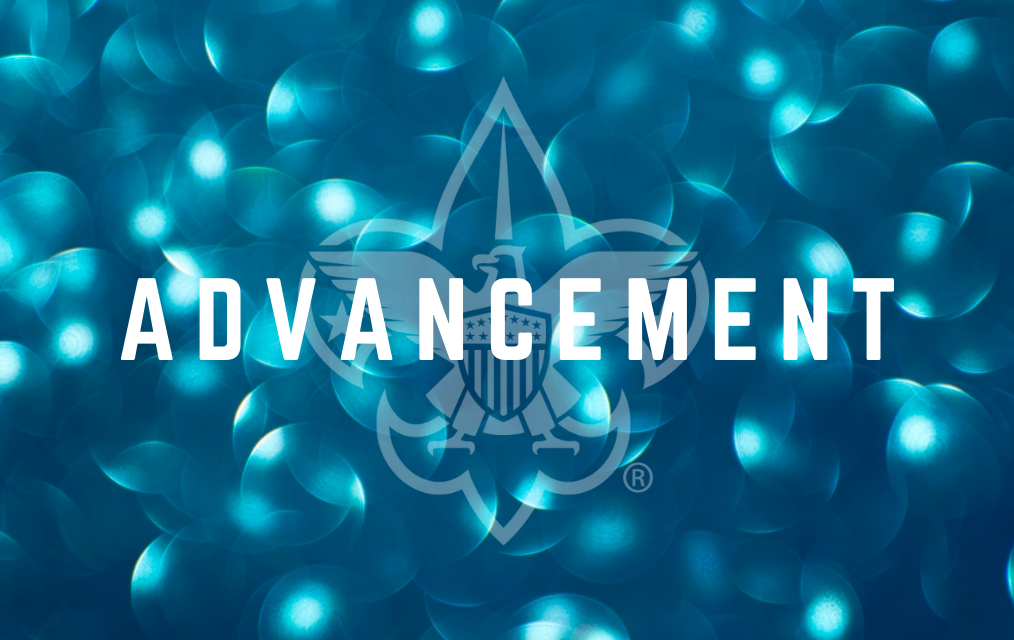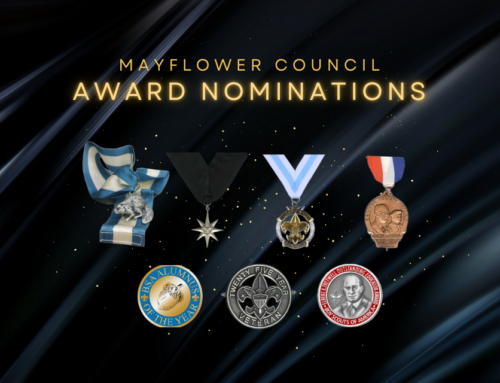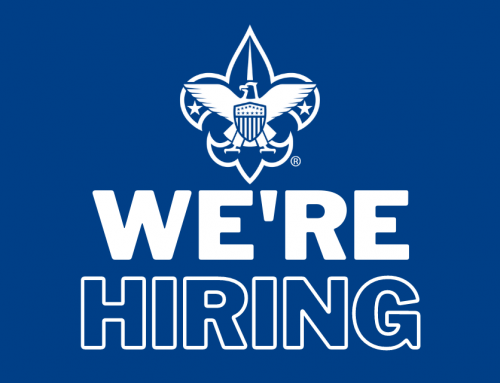Merit badges are more than learning skills. They are about Scouts exploring an interest, engaging in discussions, and being recognized. When conducted properly, the merit badge process incorporates all eight of the methods of Scouting.
The MB process has been updated slightly in the new Guide to Advancement. The 2021 edition recognizes that technological advances can provide many benefits, but the overall process is unchanged and the blue card can play an important role. Alternatives to the blue card may be accepted, as long as they include the necessary information. If electronic record-keeping methods do not encompass all the steps, blue cards may be used in addition. Most importantly, a Scout should always have a permanent, hardcopy record of his or her work.
To reiterate, whether or not blue cards are included, the complete merit badge process must be followed, starting with an initial discussion between the Scout and the unit leader about the specific merit badge. The Scoutmaster (or their designee) provides advice and guidance, maybe suggesting that the Scout would get more out of the badge if they waited, or after they finished another activity. However, it is ultimately the Scout’s decision to work on a particular merit badge at a particular time.
“Since blue cards support the merit badge process as it is intended to function, the Guide to Advancement continues to reference and recommend them. It is expected that when blue cards are not used, advancement administrators at all levels will find ways to carry on the processes, interactions, documentation, and other nuances that make the process such a critical element in BSA mission achievement.”
During that initial conversation the unit leader should provide contact information for at least one council approved merit badge counselor. However, if the Scout has one already in mind, they must be allowed to work with the registered and approved counselor of their choice. This initial meeting is integral to the merit badge process, and as such should be documented by the leader signing the blue card, or by other means.
The Scout next contacts the merit badge counselor, following all Youth Protection Training guidelines, and begins the process of completing the requirements. The counselor can consider work done at any time after the Scout was a registered Scouts BSA member, as long as the Scout actually and personally completed the requirement, as written.
As the Scout completes requirements, the merit badge counselor documents each by initialing and dating the spaces on the blue card, or other method. These “partial” completions do not expire until the Scout’s 18th birthday. The Scout may choose to finish the merit badge with a different counselor, who should accept the previous counselor’s certification of any requirements completed.
When all requirements are complete, the counselor records that information on the blue card, and/or by electronic means. The counselor should retain the “Counselor’s Record” portion of the blue card for at least one year, in case questions arise.
After all requirements are completed and approved by the counselor, the Scout shows the evidence of completion to the unit leader, who initiates a discussion on how it went, but does not retest the Scout. The unit leader documents this discussion as well, then the troop reports the completion to council and presents the Scout with the merit badge.
After all requirements are completed and approved by the counselor, the Scout shows the evidence of completion to the unit leader, who initiates a discussion on how it went, but does not retest the Scout. The unit leader documents this discussion as well, then the troop reports the completion to council and presents the
Scout with the merit badge.








